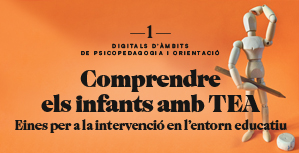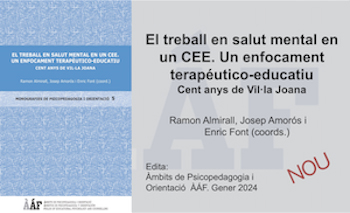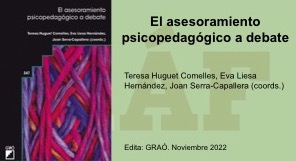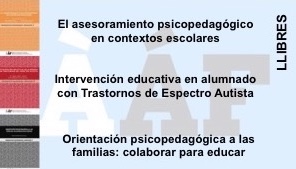Microviolence: repeated abuse
DOI:
https://doi.org/10.32093/ambits.vi.62.504980Keywords:
microviolence, bullying, peer harassment, school climate, emotional regulationAbstract
One of the characteristics of school bullying is the repetition of actions. Violence is built slowly in the day-to-day of relationships, and it is this persistence that causes in the person who suffers it, a situation of helplessness and chronic stress that can negatively affect their development. These are not always very serious acts, but rather minor victimizations that we call "micro-violence".
Sometimes, however, these micro-forms of violence are not exclusive to bullying, but are a common form of relationship. Behaviours are trivialised and integrated into the daily repertoire, and represent the symptom of a collective impoverishment. What are the causes of these behaviours? Is this phenomenon frequent? Is this feeling of discomfort at school generalizable? What can we do about?
In this paper, we try to describe the phenomenon, point out some of the factors that favour and increase its appearance; and we set out some considerations for dealing with it.
References
Bratsberg, B., &Rogeberg, O. (2018). Flynn effect and its reversal are both environmentally caused. Proceedings of theNationalAcademy of Sciences, 115(26), 6674–6678.
Debarbieux E., (2016) “L’écoleface la violence”. Malakoff: Dunoud Ed.
Debord, G. (1967) “La société du spectacle”. París: Buchet/Chastel.
Desmurget, M. (2020) “La fábrica de cretinosdigitales” Barcelona: Península
Fitzpatrick C. et al. (2024) Early-Childhood Tablet Use and Outbursts of Anger. JAMA Pediatr.
Fraillon, J. (2024). ICILS 2023 International Report: An International Perspective on Digital Literacy. International Association for the Evaluation of Educational Achievement (IEA). Recuperat de https://www.iea.nl/publications/icils-2023-international-report
Gottfredson, G. (1985) “Victimization in schools” New York: Plenum Press
Guilluy, Ch. (2019) “No society. El fin de la clasemedia occidental”. Barcelona: Taurus
Hinduja, S., &Patchin, J. W. (2024). Bullying Beyond the Schoolyard: Preventing and Responding to Cyberbullying (3a ed.). Thousand Oaks, CA: Sage Publications.
Judt, T. (2016) “Algo va mal” Barcelona: Taurus
Kelling, G. L., & Coles, C. M. (1996). Fixing Broken Windows: Restoring Order and Reducing Crime in Our Communities.The Free Press.
Organització per a la Cooperació i el Desenvolupament Econòmic (OCDE). (2024). Segona avaluació de l'OCDE sobre competències de la població adulta. Recuperat de https://www.oecd.org/es/about/news/press-releases/2024/12/adult-skills-in-literacy-and-numeracy-declining-or-stagnating-in-most-oecd-countries.html
Postman N., (2016) Divertirse hasta morir: El discurso público en la era del show bussiness. Madrid: Ed. de la Tempestad
Rodero, E. (2024). La formació en comunicació oral continua sent una assignatura pendent entre els estudiants universitaris. Observatori Social de la Fundació "la Caixa". Recuperat de https://elobservatoriosocial.fundacionlacaixa.org/ca/-/training-in-oral-communication
Tremblay, R. E. (2000). The development of aggressive behaviour during childhood: What have we learned in the past century?International Journal of BehavioralDevelopment, 24(2), 129–141.

Downloads
Published
Issue
Section
License
Copyright (c) 2025 Jordi Collell, Carme Escudé

This work is licensed under a Creative Commons Attribution-NonCommercial-NoDerivatives 4.0 International License.
The authors maintain their copyright and give the right to the first publication of the work to the journal, registered under a Creative Commons Attribution-Non Commercial-NoDerivs license. This license allows others to download the works and to share them with others as long as they credit the author, but it does not allow for any kind of modification or commercial use.














